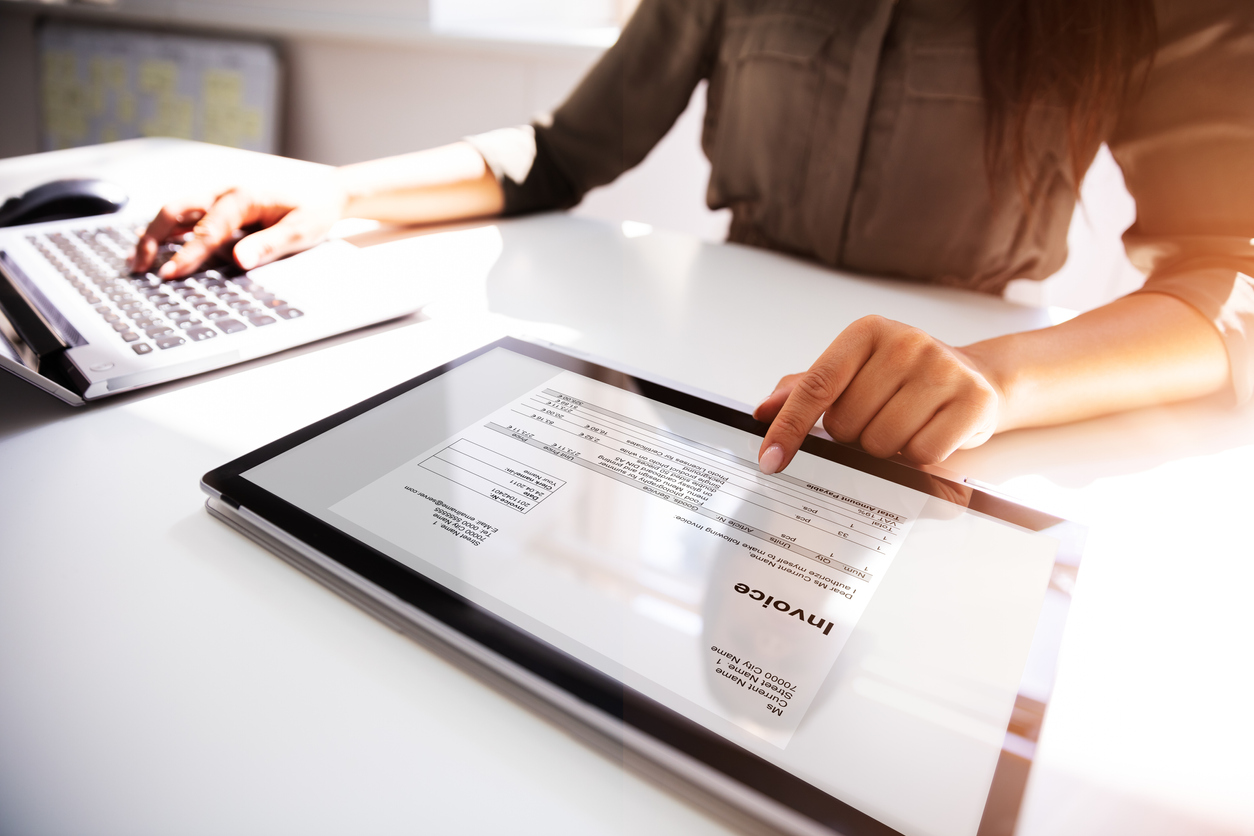Creating a clear invoice may seem easy, but it requires accurate details to ensure payments come in on time. Here’s how you can do just that.
Knowing how to create an invoice is an important part of being a professional in just about any field. Whether you are sending one out to receive payment for yourself or are in a financial management position where you must deal with a lot of invoices, knowing how to invoice like a pro can help smooth out your workflow.
If you are a freelance professional or a vendor creating an invoice, you want to do all you can to ensure that you are paid on time and accurately. It is important to understand that your invoice is a reflection of your work processes and therefore has to be done up to professional standards.
Invoicing may sound like a really simple task. Pop the price on there and email it to the customer, and it’s done… however, an incorrect or confusing invoice results in a lot of back and forth with the accounts department and delays your payment. There are three major steps to crafting an effective invoice.
Step 1 – Before Invoicing
Before you get to the invoicing part, you need to have certain elements in place. This goes back to the negotiation stage with your client:
Make Your Financial Expectations Clear: When you discuss financials with your client ensure that you get into the minute details. Do you charge by the hour, daily, weekly or monthly? Spell out the scope of work you are willing to undertake in these time frames. Ensure you are clear about any deliverables (especially those that pop up occasionally as part of work) that would be considered an extra service and include your charges for it. Something often not considered is tax. If you have your sights set on a specific amount as compensation that excludes what is deducted in tax, make sure it is discussed at the negotiation stage. Being upfront on your pricing ensures there are no nasty surprises when you send in your invoice.
Always Ask for What You Need: Often, as a service provider, you will need to invest in a few elements to complete the work for your client. This necessitates payment, which will be compensated for by the client. Don’t hesitate to ask for a percentage of your payment upfront to deal with what’s required to get the ball rolling on the work. Ensure you have all these bills and invoices related to this handy for final invoicing.
Another thing to settle on in advance is who to direct all your financial queries to, and the person to send your invoice. There’s no point sending your email to someone if it’s just going to sit in their inbox and get lost. You will also want to ask the invoicing person if the company has a standard invoicing template for their vendors. If withholding tax is going to be a part of your invoice, make sure to submit a signed IR330C form that mentions the rate of tax you would like deducted.
Know Your Dates: When setting the stage for invoicing there are a few dates that you have to keep in mind. Make sure to have this list handy for all the clients you work for.
- When your contract begins and when it ends.
- The due date/time frame for each invoice.
- The due date for receiving payment on acceptance of invoice (this is something to discuss with your client at the negotiation stage). 21 days or three weeks is an industry-accepted time frame.
Step 2 – Creating and Sending Your Invoice
Once you have all the groundwork set for your work, you get on the job and complete it to the satisfaction of your client. And then, you get to the invoicing part. What do you include in an invoice?
Let’s start with a differentiation that you must know about – a tax invoice versus an invoice. The tax invoice is where a tax amount applicable is included in the invoice: an invoice includes the whole amount that your client owes you, without the tax element. If you are GST registered, you make a tax invoice. If you do not fall under the GST bracket, then you send your client an invoice. See our guide to GST in New Zealand for more help.
The invoice will have to be addressed to the client and must include the client’s name, the name of the organization and the company address. Numbering your invoicing or including details like a purchase order number which comes to you from the client can help with tracking your invoice.
This is followed by a description of the services you have rendered to your client. Where applicable, it should mention quantities/units and payment against quantities/units (especially if these are quantities of various elements that are billed differently). Any supporting documents such as time trackers and other details can be included as an attachment with your invoice. If you are registered for GST, here is where you include the price with GST and write down separately the GST amount applicable on the invoice. Use our handy GST calculator to help with calculations.
Next comes another important part – details on the mode of payment you prefer. Be sure to include all relevant details for the payment option that you chose. Ideally, ask your point of contact for invoicing on all the details they expect for the payment mode you have in mind. In case your client is deducting withholding tax on your behalf, make sure to include your IRD number in your invoice.
Always include any receipts as proof of purchase when invoicing your client. Ensure that all purchases have been previously approved and that you have documentation of this approval. Always include your contact details for any clarifications that the accounts department may need.
Step 3 – After You Send Your Invoice
Now comes the hard part – after you have sent your invoice – waiting for the payment to come through. While there are clients who pay like clockwork, you are bound to be faced with those that delay payments. A Brodmin survey on invoicing in a pandemic world has shown that 54% of businesses are anticipating a delay in the payment of their invoices.
What do you do in such situations? Here are a few things you could do:
- Ensure that you discuss a fixed time frame, with a buffer of a few days delay for the clearing of invoices at the beginning of your engagement with the client.
- Make sure to include the expected payment date on every invoice.
- Follow up gently with your point of contact one week into the delay (and your buffer if you have set one). It can be as simple as ‘I noticed this invoice is late for payment, was there a query with the invoice? If that fails, move things up the hierarchy of the finance department.
- If the delay is substantial, you can also suggest a staggered payment plan to ensure you get your money, even if in smaller amounts.
Having your paperwork in order is key to ensuring that there is no reason an invoice is delayed. Follow-ups require patience and a well-mannered approach. Opting for stronger measures is something to consider if all else has failed. Hopefully, by following these simple invoicing steps, you never have to use a debt collector and your clients will always pay on time.



